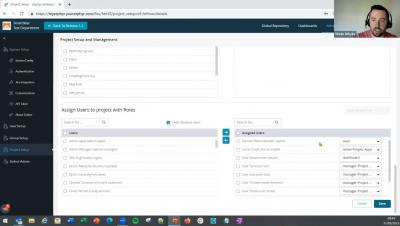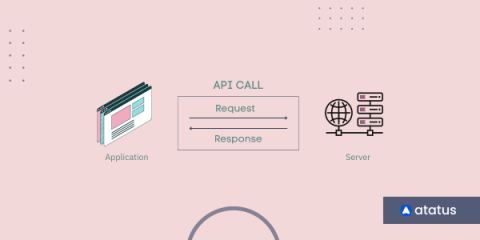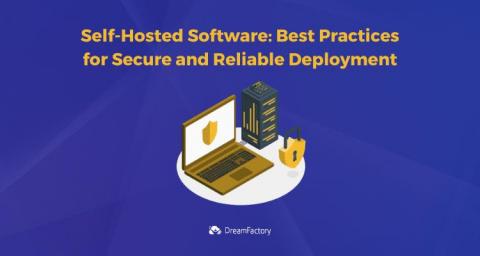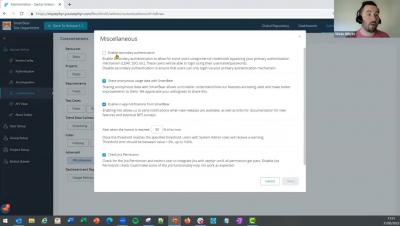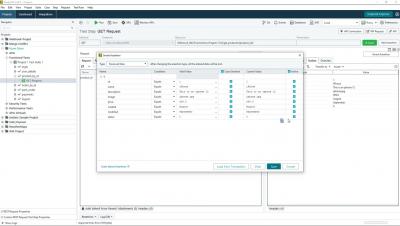Systems | Development | Analytics | API | Testing
API
GraphQL Authorization with Konnect, OPA and OIDC
Top Payment Gateway APIs for Developers
Welcome to the fascinating world of Payment APIs! Imagine you're a budding entrepreneur with a brilliant idea for an online store. You want to offer a seamless payment experience to your customers, ensuring smooth credit card transactions and hassle-free order tracking. But where do you start? That's where Payment APIs come into play! Now, let me ask you a question: Have you ever purchased something online using your credit card? Of course, you have!
Understanding API Calls: A Comprehensive Overview
Application Programming Interface (API), is like a hidden gateway that holds the key to unlocking a world of interconnected possibilities. An API acts as the intermediary software that sends a request to a server and subsequently transmits the server's response back to the client. It acts as a secret passage connecting various software systems, enabling them to communicate, collaborate, and exchange information seamlessly.
Self-Hosted Software: Best Practices for Secure and Reliable Deployment
Create Custom Reports in LoadNinja
Using Secondary Authentication In Zephyr
Smart Assertions Overview
Tell me about the Smartbear Product Portfolio
How Apigee can help government agencies adopt Zero Trust
With the help of APIs and Google Cloud’s Apigee, government agencies can bring application-based information together to support their objectives. Here’s how.


